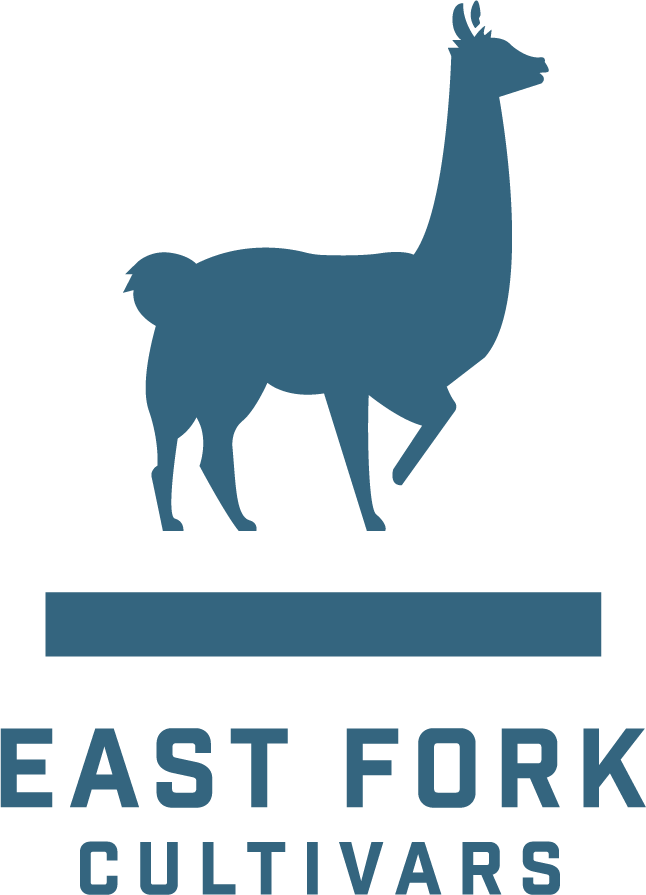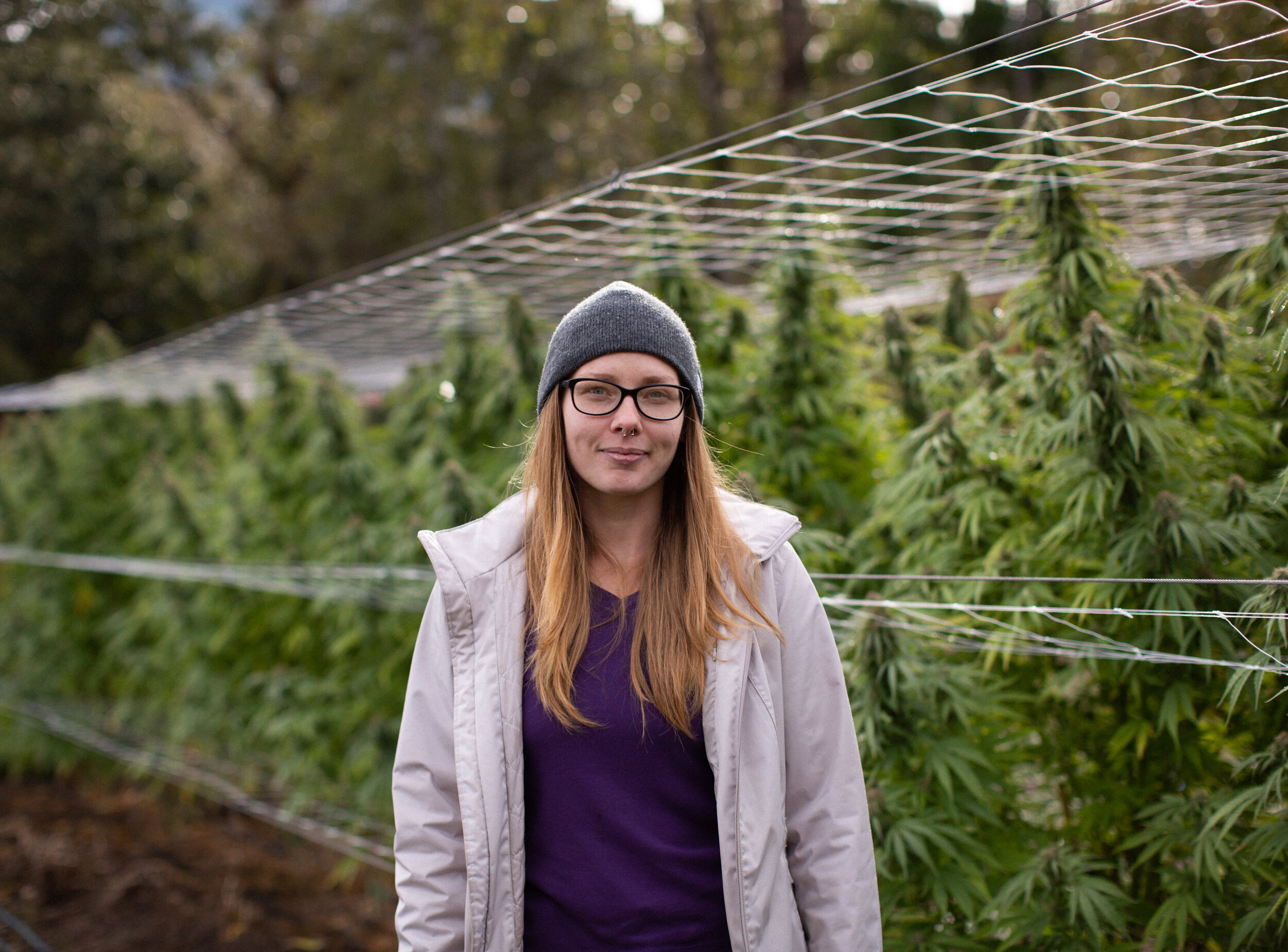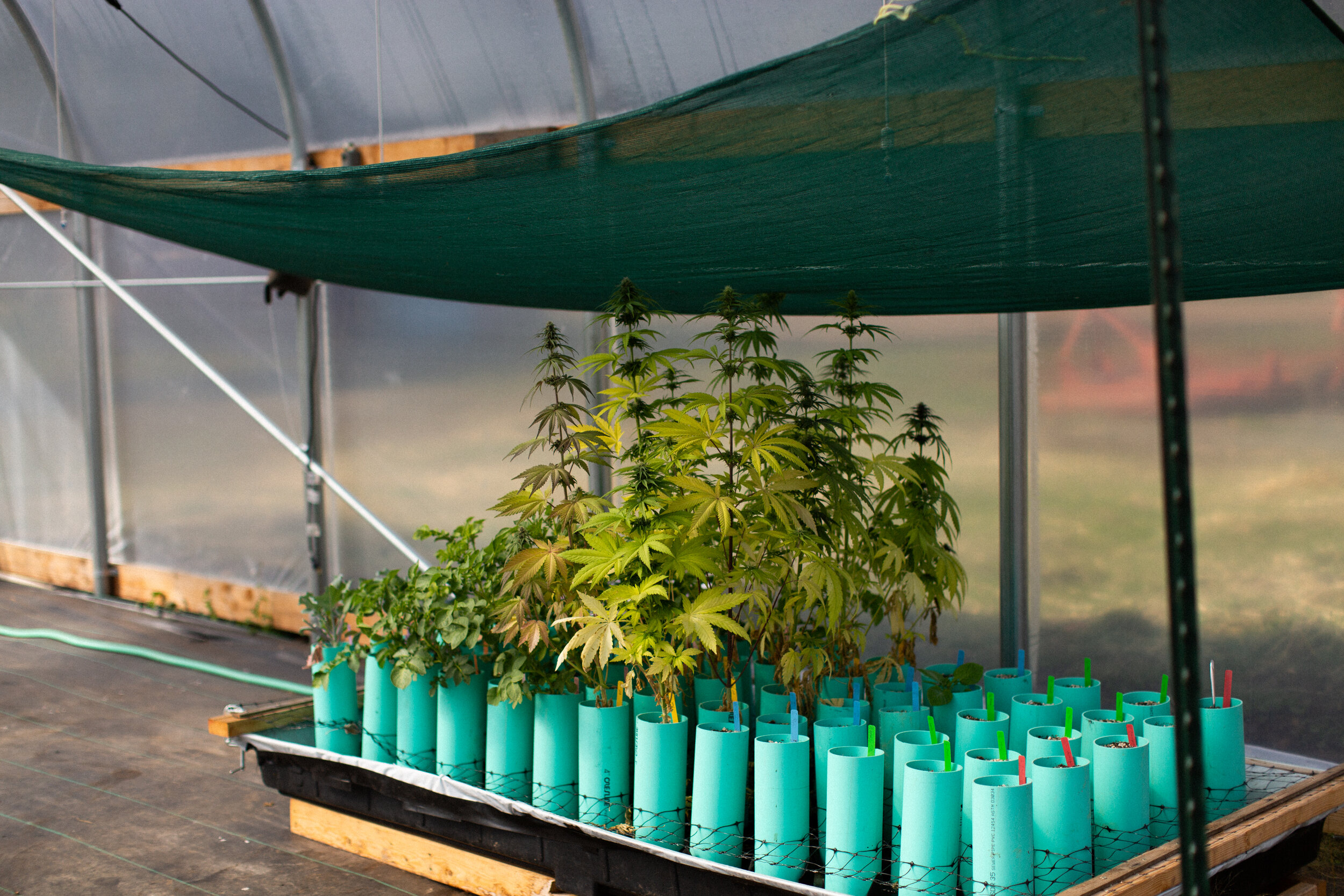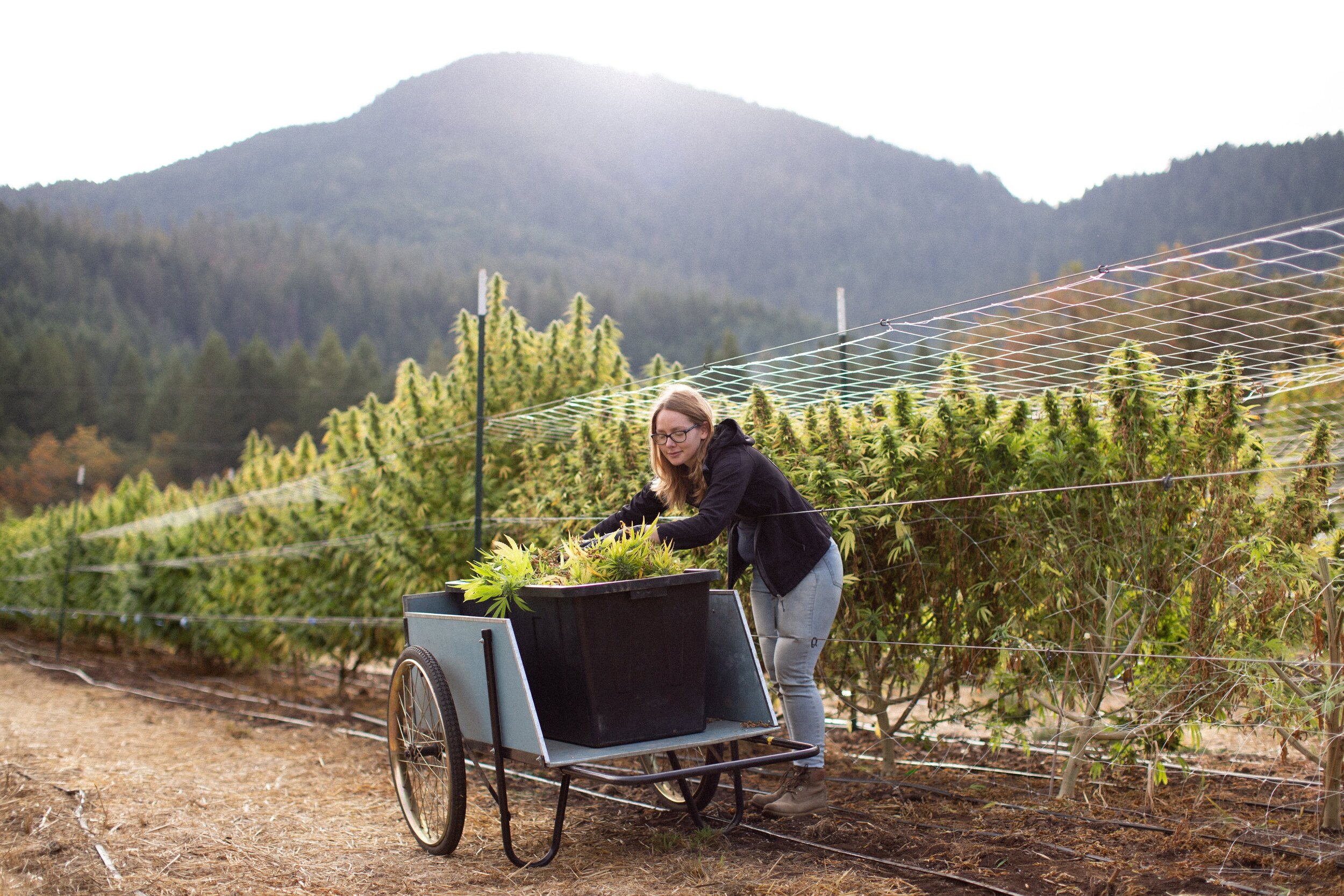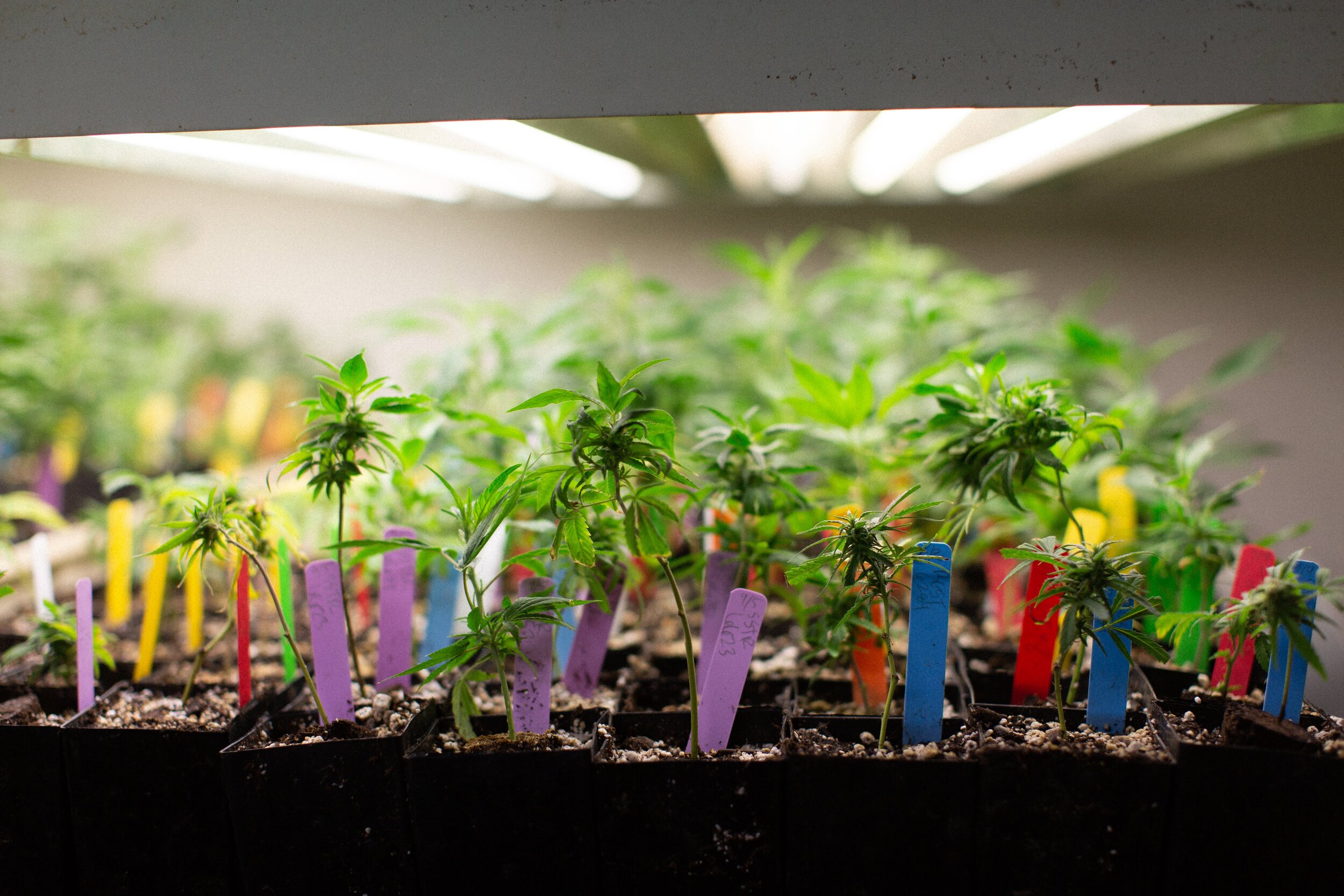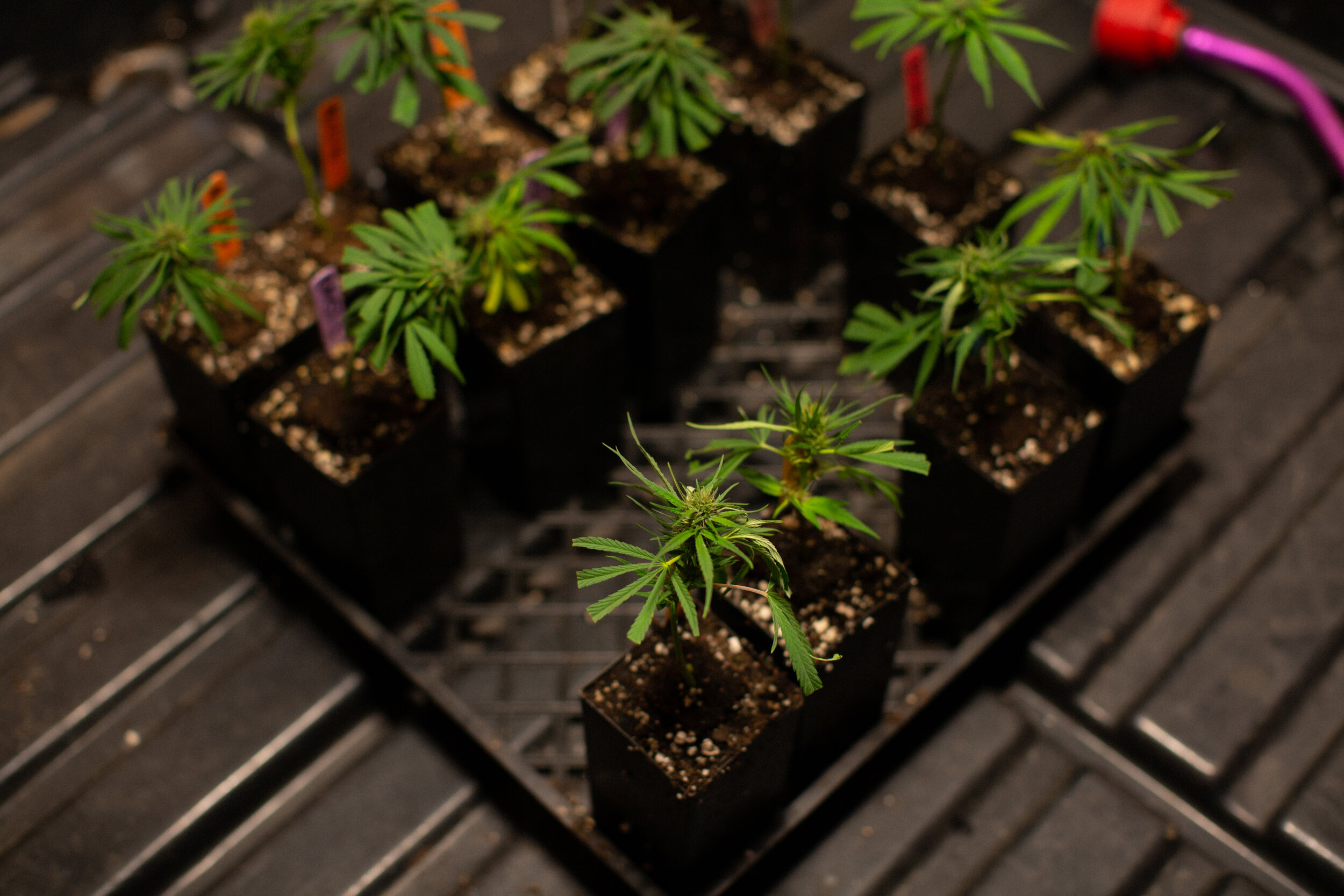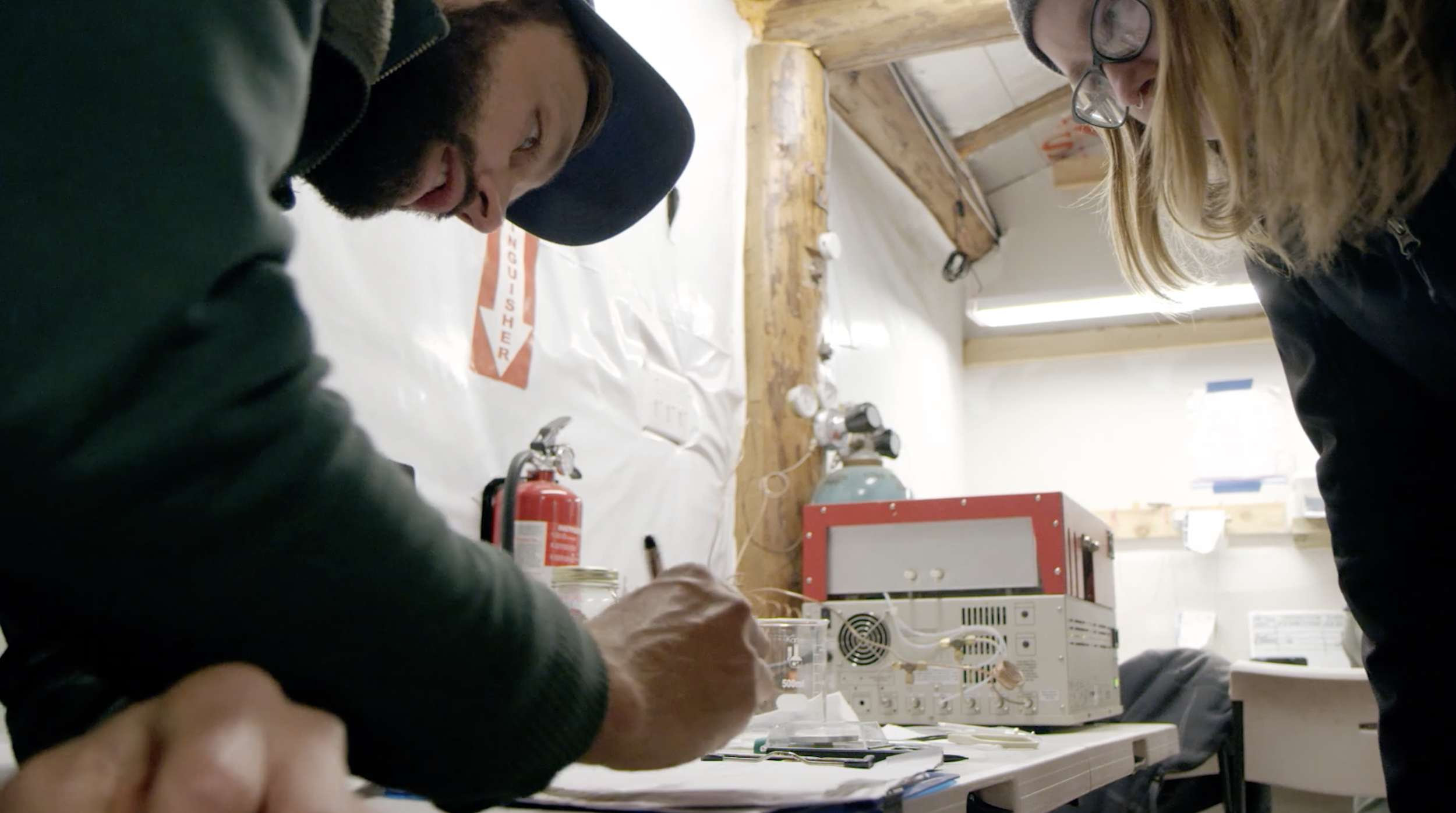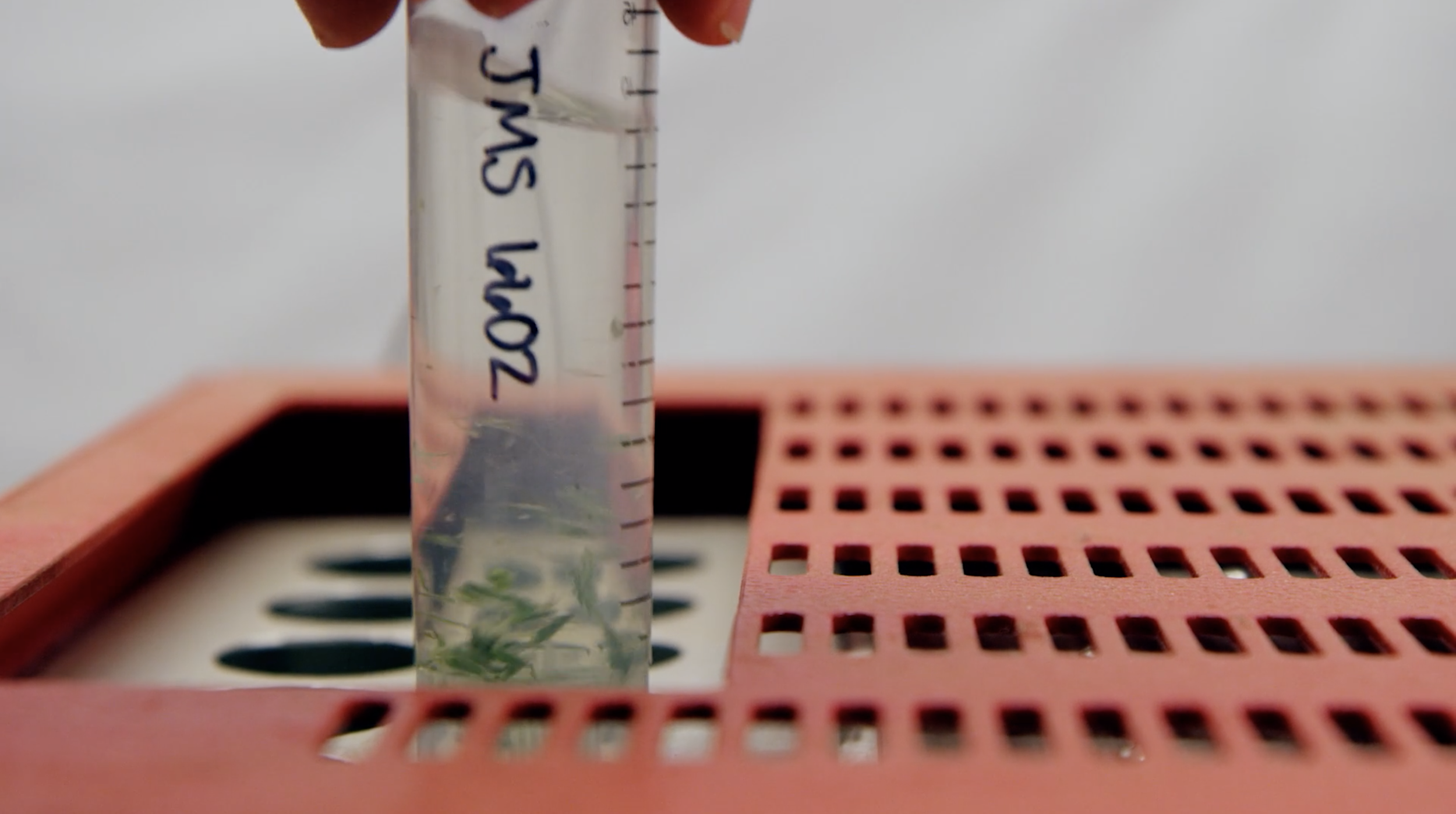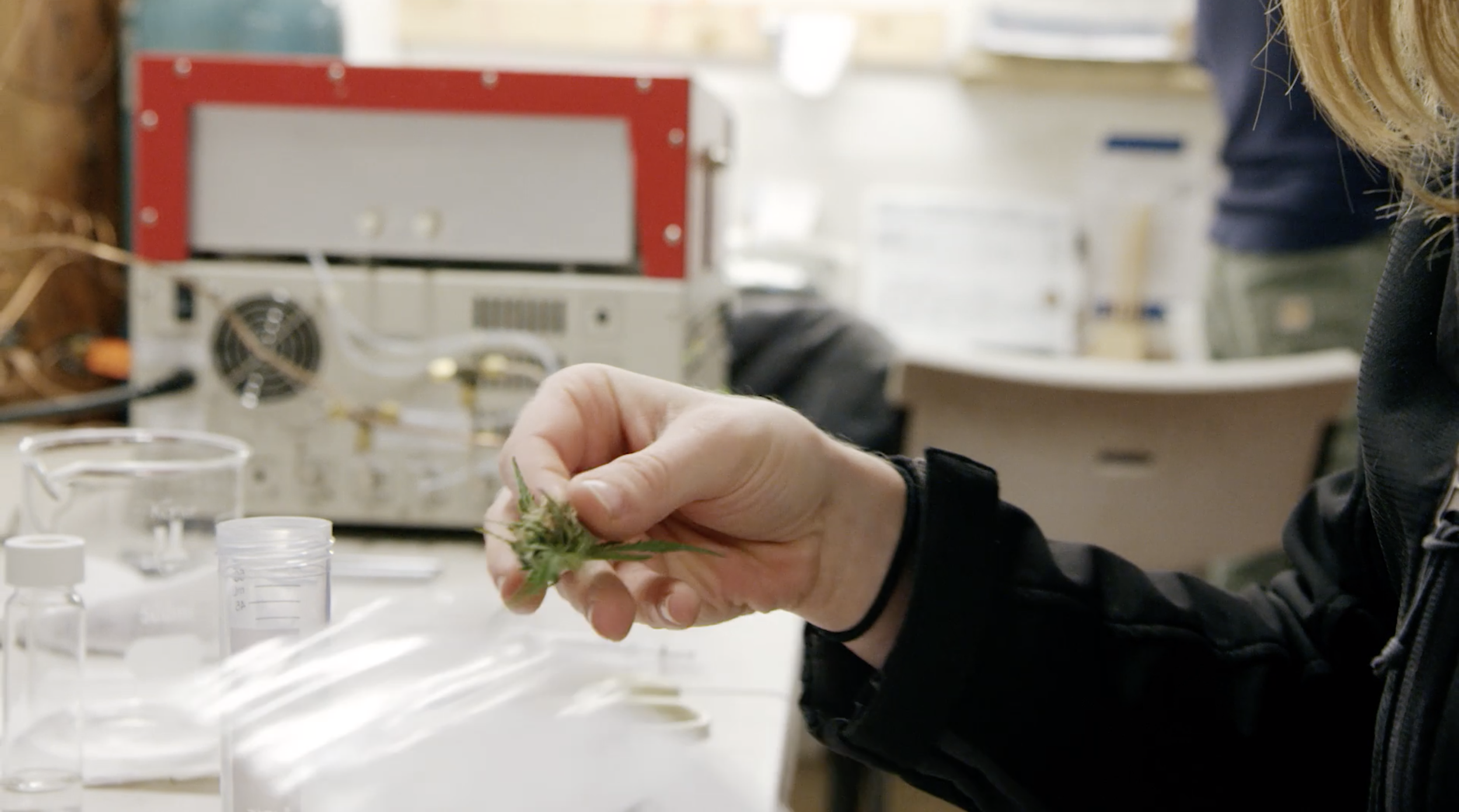Our Breeding Philosophy with Tia Keene
East Fork is committed to offering our customers the highest quality cannabis flower. As breeders, we aim to create resinous, terpenoid- and cannabinoid-rich Cannabis sativa L. cultivars with a variety of novel chemical profiles (chemotypes). We want to maximize both the plant’s ability to provide relief for a wide variety of people, and simultaneously to develop productive crops that are easy to cultivate and process. To explore the vast potential of cannabis, we continuously breed plants for useful traits like pest resistance and plant morphology (physical structure).
Re-Balancing and Expanding the Gene Pool
Decades of cannabis prohibition encouraged breeders to select and breed for cannabis varieties with increasingly high levels of THC, the major intoxicating cannabinoid in most cannabis. As a result, the current cannabis market is saturated with “Type 1” (high THC) cannabis varieties. Conversely, high levels of the cannabinoid CBD was considered a less desirable trait because it does not produce intoxicating effects like THC does. CBD-rich flower was considered undesirable, and those traits were minimized in the gene pool as a result.
That perception has changed. Because of its inherent value, CBD has been the foundation of our work: East Fork Cultivars was founded in order to specialize in producing plants that have higher concentrations of this less popular cannabinoid. Our mission includes increasing people’s access to CBD’s benefits, as well as expanding the genetic diversity of the CBD-rich cannabis gene pool. While the many potential therapeutic effects of CBD have been documented since scientists began studying cannabis and its vast array of chemical compounds, public interest has surged in recent years.
One Plant, Two Regulatory Systems
Our goals on the state-licensed cannabis (“marijuana” or “cannabis”) side of our business are distinctly different than our goals on the federally-regulated cannabis (“hemp”) side of our business, due in part to the regulations and legal distinctions made between these two plant categories.
It is important to note that there really isn’t much of a difference, scientifically, between these plant varieties. Hemp is legally defined as a cannabis plant that contains less than 0.3% by dry weight of the cannabinoid THC. “Hemp” and “marijuana” are both Cannabis sativa L., bred to express characteristics considered desirable by the breeder (which is determined to a great extent by market demand). Hemp crops have historically been bred to produce food, fiber, and fuel. “Marijuana” - now intensely regulated “cannabis” - has largely been bred to produce resinous buds with high levels of THC.
Cannabis (“Marijuana”) Breeding Practices
On the state-licensed cannabis farm, we specialize in creating hybrids to find plants with compelling chemical profiles, including different ratios of CBD to THC and unusual terpene expressions. Our work on this side of our business does not exclude THC; it celebrates it.
We work primarily with clones on the cannabis side of the farm. We create hybrid seed by hand-applying pollen to individual branches of plants, both CBD- and THC- dominant, especially if they contain unusual terpenes and rare cannabinoids. We want to “find the freaks” and breed with them so we can highlight the less prevalent chemical compounds that can be found in cannabis. This breeding is all about encouraging diversity.
Hemp Breeding Practices
On the hemp side of the business, we are restricted by the legal boundaries we are operating within. Plants must be under 0.3% THC. A lot of hemp varieties haven’t been bred to produce resinous flower, and that’s what we would like to change.
With hemp breeding, we choose CBD-rich plants from our cannabis farm that have tested within the legal THC limit and transfer clones from those plants through a legal pathway to the hemp side. After the transfer, our goal is to stabilize the traits inherent in the mother plant. We do this by selfing the plant, which is essentially inbreeding. The plant is mated to itself. This is achievable through feminization.
Cannabis is dioecious, meaning plants are either male or female. Feminization is the act of reversing the sex of a female cannabis plant by treating it with an ethylene-suppressing compound to encourage male flowers to form. These male flowers will produce feminized pollen. Once male flowers have formed and pollen is being shed, that reversal plant is mated to a female clone that came from the same mother as the plant that was reversed. Once we have made efforts to stabilize the genetic line, we have the option to hybridize with these stable lines. When creating seed, stable parents will create stable progeny.
To produce quality hemp, we have to take into consideration the issues surrounding feminization. If you were to mate a male cannabis plant to a female cannabis plant, you could expect about half of the progeny to be male, and half to be female. This poses a problem for hemp growers, because of the amount of hemp that is planted and the considerable resources it takes to scout for males. When a flowering female plant accepts feminized pollen it ensures that the sex of the progeny will be female.
There are many consequences to inadvertently planting male plants outdoors. Where we operate in Southern Oregon, there are many cannabis and hemp farmers. Pollen cross-contamination could seriously impact our neighbors and their crops. We feminize our seed in order to save our resources and be mindful of this ethical issue.
Currently, we breed primarily in an indoor breeding facility to reduce the risk of pollinating other people’s crops and to ensure that the seed we are creating isn’t unintentionally cross pollinated. We will be using poly-tunnels to create sun-grown, organic seed this season. We will be approaching this with utmost care so we don’t negatively impact the members of our community.
Our Motivations
What is so remarkable about this work is that we have the opportunity to change the public perception of this plant. By sharing the knowledge we have acquired by working with cannabis in different capacities, we are able to reach a wide range of people.
I am greatly motivated to make cannabis accessible to as many people as I can. Even if a person doesn’t want to consume THC, they can still benefit from the use of cannabis with little to no THC, and I want to help make that possible. The wide range of chemical compounds present in this plant and the sheer diversity of chemotypes between varieties is hugely exciting.
There is so much potential for this plant to heal, feed, clothe, and unite us all. It has been with us through our evolutionary process as human beings. Evidence of cannabis ingestion has been dated back as far as 2,500 years. Cannabis prohibition was a recent development that disproportionately targeted people of color.
As stewards of this plant and the land, we have a responsibility to disseminate what we have learned about this plant and dispel the stigma that has surrounded its use in recent times. Cannabis has supported me in so many ways, and I am so grateful that I have the opportunity to make that support available to others.
– Tia Keene
